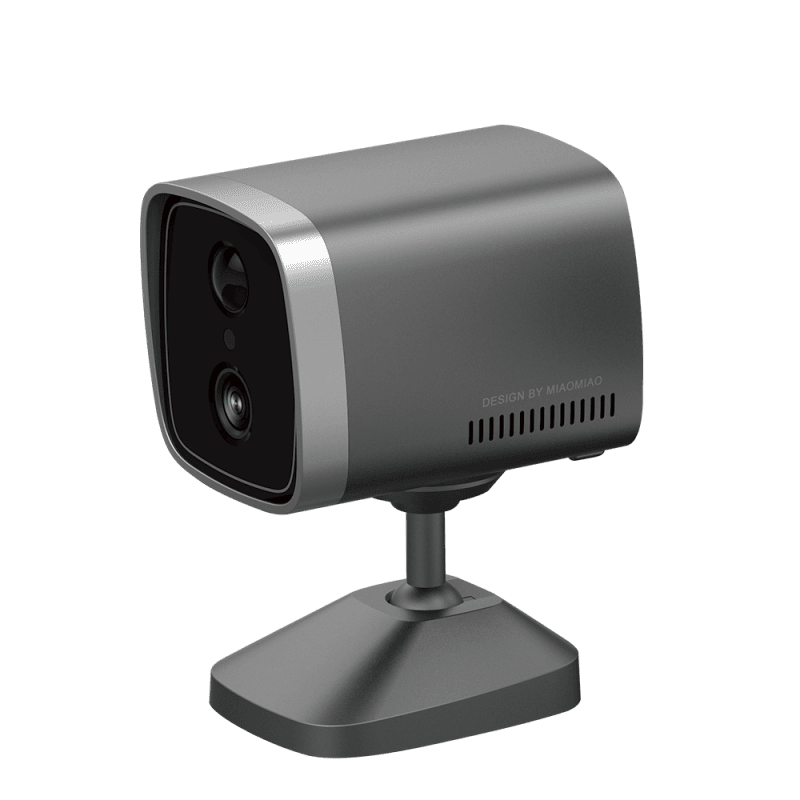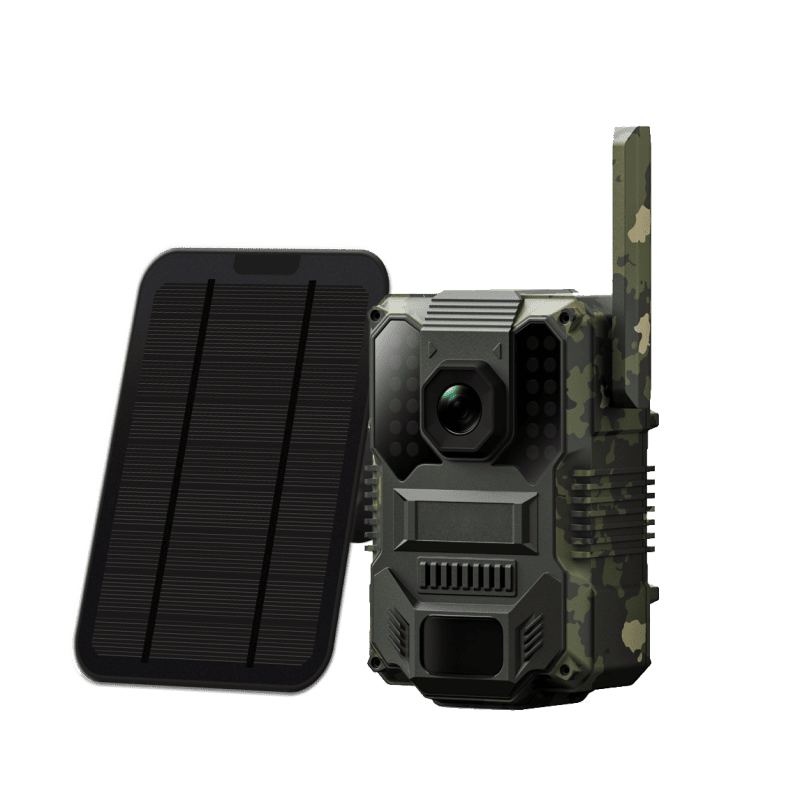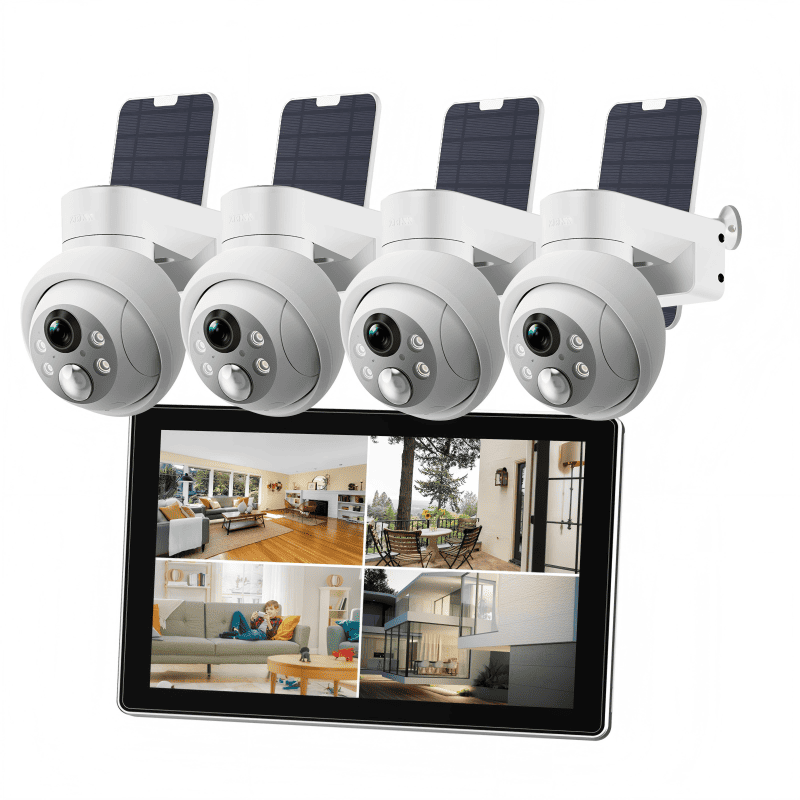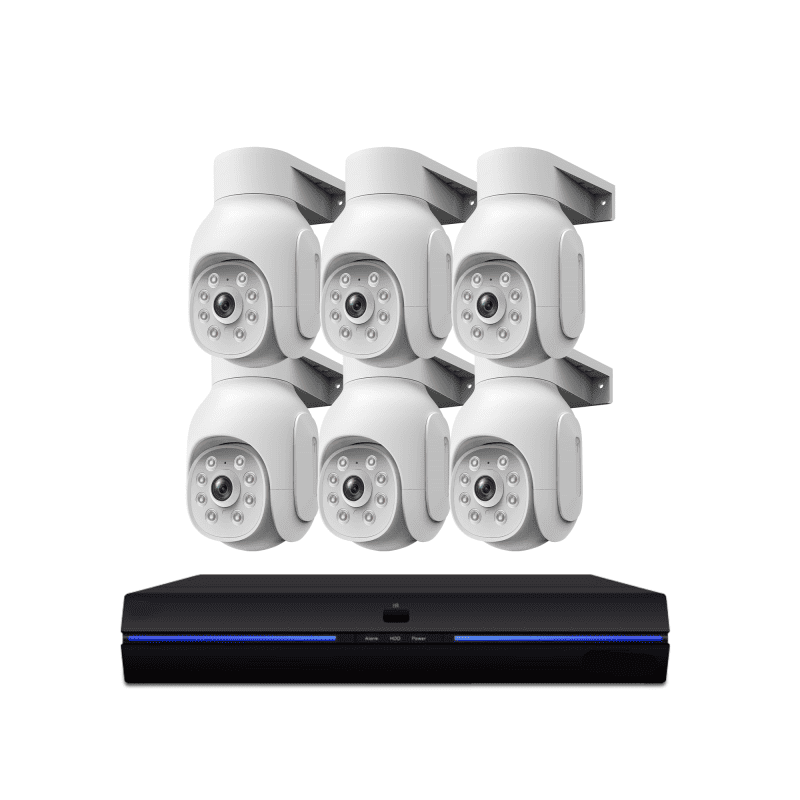Q: What are the different lens types available for your security cameras?
A: We offer a variety of lens types, including standard, wide-angle, and telephoto lenses. Standard lenses provide a more conventional viewing angle range and are suitable for general scene monitoring; wide-angle lenses can capture a wider area and are suitable for monitoring large areas such as warehouses, courtyards, etc.; telephoto lenses can focus on distant targets and are very useful for situations where you need to monitor specific areas or objects at a distance, such as monitoring vehicles far away at the entrance of a parking lot.
Q: How clear is the image of the security camera? What resolutions are supported?
A: Our security cameras have high image clarity. They support multiple resolutions, the most common of which are 720p (HD), 1080p (Full HD) and higher 4K UHD resolutions. Higher resolutions can capture more details, such as more accurate recognition of facial features, license plate numbers, etc. You can choose the appropriate resolution based on your monitoring needs and budget.
Q: How far can the surveillance camera shoot?
A: The shooting distance depends on factors such as the focal length and resolution of the camera lens. Generally speaking, cameras with ordinary lens focal lengths can clearly monitor objects within a few dozen meters during the day, while cameras with telephoto lenses can monitor targets hundreds of meters away, but the image quality may decrease as the distance increases.
Q: How effective is its night vision function?
A: Most of our surveillance cameras use infrared night vision technology. In a completely dark environment, the infrared light can illuminate a certain range after being turned on, allowing the camera to capture black and white images. It can usually provide clearer night vision images within a few dozen meters. Some high-end products have a longer night vision distance and better image quality.
Q: Can surveillance cameras detect moving objects?
A: Most of our surveillance cameras have motion detection functions. They identify moving objects by analyzing the changes in the pixels of the picture. Once motion is detected, they can trigger operations such as recording and alarming. Some can also track and shoot moving objects.









